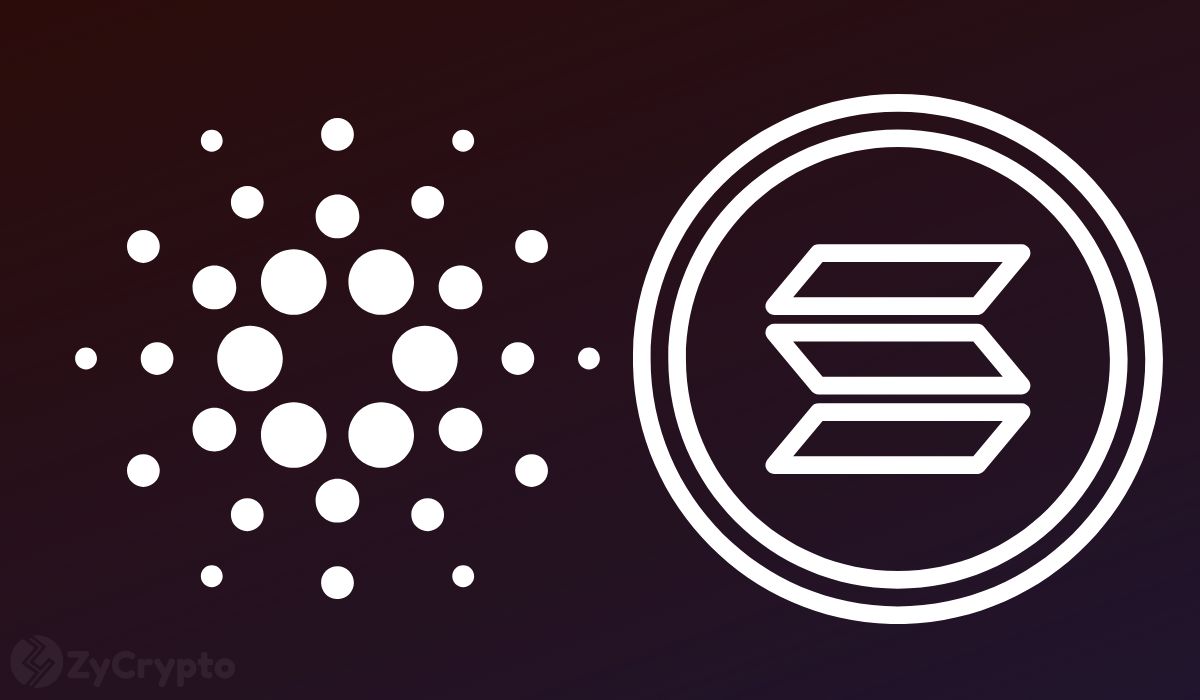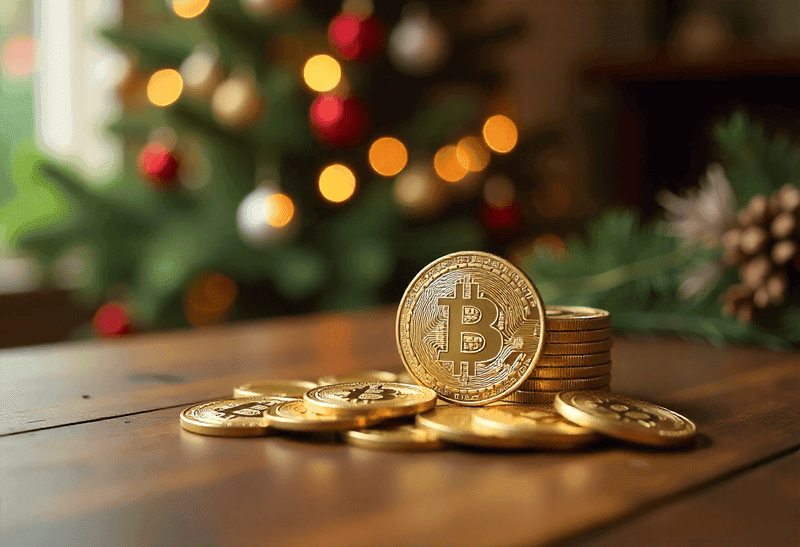The History of Decentralized Finance: How DeFi Is Transforming the Way We Use Money
Ever since the emergence of COVID-19, the world has begun seeing digital payment solutions as the future of finance.

Ever since the emergence of COVID-19, the world has begun seeing digital payment solutions as the future of finance. But despite the clear steer towards Central Bank Digital Currencies (CBDCs), DeFi remains a strong contender as a replacement for traditional fiat.
Indeed, using blockchain technology combined with open-source software provides a robust alternative to the old financial system. Moreover, Decentralized Finance allows the creation and management of financial services independent of any centralized control. From its inception to its current state, DeFi is slowly but surely transforming the way we use money. Here’s a brief history of it all:
Early Beginnings: Bitcoin & Ethereum
The history of Decentralized Finance (DeFi) has been evolving since the late 2000s when the world was first introduced to Bitcoin. The emergence of Bitcoin in 2009 and its underlying technology, the blockchain, was revolutionary. It created a new system of digital money that was completely decentralized and based on consensus — no central authority or government controlled it.
The Pre-Bitcoin Researches
Cryptocurrency had been a concept of extensive discussions and research in academic circles way before the Bitcoin Whitepaper was published in 2008. Some early examples of digital currencies were Wei Dai’s b-money, followed by DigiCash and E-gold, but they failed to gain the worldwide attention later achieved by Bitcoin.
Initially, cryptocurrency was seen as an agnostic means of transacting online. But its capability to serve as an anonymous peer-to-peer payment system quickly became a global phenomenon. Later, it would lead to a surge in the number of people trading and investing in cryptocurrency.
Bitcoin and the Early Evolution of DeFi
Not long after the rise of Bitcoin, developers realized that blockchain technology could be used for more than just payments. This led to the release of the Ethereum Whitepaper in November 2013. Consequently, the development of Ethereum introduced an open-source distributed computing platform that supports smart contracts and dApps (decentralized applications). The inception of this new type of platform set the foundation for a vast array of DeFi protocols and applications.
A Scalable Blockchain for DeFi Applications
Ethereum has enabled developers to create decentralized finance protocols, such as stablecoins (eDollar, the precursor of Single-Collateral Dai) and yield farming (iEarn, later renamed to Yearn Finance), that run entirely on Ethereum’s blockchain.
Undoubtedly, the most impressive feature of the protocols built on Ethereum was their trustless immutability, which removes the need for third parties or intermediaries. This has allowed users to securely and efficiently access financial services without having to rely on centralized entities. Ultimately, this opportunity created a new financial ecosystem with many more solutions, including decentralized exchanges.
The Rise of Decentralized Exchanges
The launch of the first decentralized exchanges (DEXs) allowed the swap between several cryptocurrencies. But while their function was still limited, they revolutionized how people exchange crypto assets. DEXs introduced a non-custodial form of peer-to-peer (P2P) trading without needing a centralized entity or middleman. Unlike traditional centralized exchanges, DEXs leveraged blockchain security, allowing users to maintain control of their funds throughout transactions. Since DEXs are not under the jurisdiction of any particular country or region, they opened a new opportunity for cross-border trading with access to various markets.
The first DEX was OasisDEX, launched on the Ethereum blockchain in 2016. It allowed users to trade with low fees and no counterparty risk. Since then, more and more DEXs have been developed, including Ethereum-based ones such as Bancor, Uniswap, and Kyber Network. These exchanges rely on smart contracts and automated market makers (AMMs) to provide users with liquidity and low fees. Over time, they paved the way for the emergence of new financial instruments, such as synthetic assets and stablecoins.
The Proliferation of DeFi Protocols
With the increasing demand for decentralized finance, the proliferation of DeFi protocols has been growing exponentially. Now, these protocols can be broadly classified into two main categories: those that provide users with a means to invest in or trade cryptocurrency and those that enable them to borrow, lend, and stake assets.
The first major DeFi protocol was Uniswap, launched in 2018. This protocol is an automated liquidity pool, allowing users to trade between various ERC-20 tokens and Ethereum. It is by far the most popular decentralized exchange (DEX) with the highest trading volume.
The popularity of Uniswap and other DEXs has given rise to more complex protocols. Compound is a decentralized lending platform that enables users to take out loans secured by cryptocurrency. Users can earn interest by providing collateral to lenders and borrowing from them. Likewise, MakerDAO is a stablecoin protocol that allows users to create DAI, a stablecoin pegged to the US dollar, by staking crypto assets such as ETH and BAT.
Other popular DeFi protocols include Aave and Curve, which offer similar services to Compound but with different levels of risk. Similarly, Synthetix and Bancor are decentralized exchanges with built-in algorithmic trading capabilities. Finally, UMA is a prediction market protocol that allows users to bet on future events with digital assets such as ETH or Bitcoin.
Aada Finance And The Future of DeFi
As the Decentralized Finance (DeFi) industry continues to grow and develop, it will inevitably bring more innovation and experimentation. In this regard, DeFi applications will continue to expand in scope and complexity. Ultimately, DeFi will likely become integral to the global financial system.
As an integral part of the Cardano DeFi movement, Aada Finance embraces concepts like flexibility, efficiency, and transparency. Moreover, we introduced innovation with our NFT bonds, NFT bond marketplace, and multi-asset peer-to-peer lending and borrowing. Still, we plan to continue opening new avenues for financial primitives and inclusion with our imminent transition to V2 and pooled lending.
Stay in touch with the latest news regarding Aada Finance by following us on Telegram, Twitter, and Discord!
Delegate Your Voting Power to FEED DRep in Cardano Governance.
DRep ID: drep12ukt4ctzmtf6l5rj76cddgf3dvuy0lfz7uky08jfvgr9ugaapz4 | We are driven to register as a DRep by our deep dedication to the Cardano ecosystem and our aspiration to take an active role in its development, ensuring that its progress stays true to the principles of decentralization, security, and community empowerment.DELEGATE VOTING POWER!







